Fort Morgan Historic Site near Gulf Shores and Orange Beach, Alabama offers great tours, the ability to wander through a Civil War Era star fortification, and learn more about history along the Gulf of Mexico.
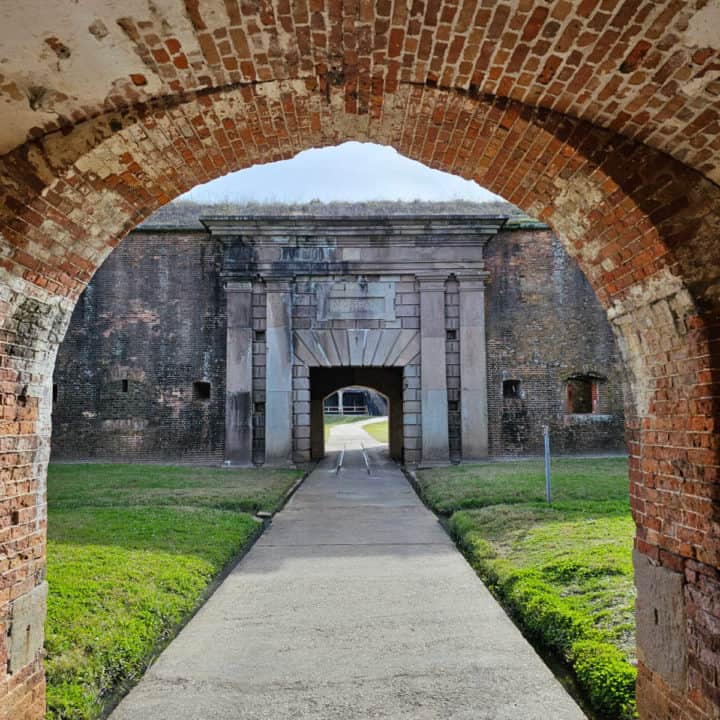
Fort Morgan State Historic Site
Historic Fort Morgan is the perfect family adventure on Alabama's beautiful Gulf Coast! The massive fort is open for visitors to walk around and learn more about the area.
Fort Morgan is a Third System masonry fort built between 1819 and 1833. Historic Fort Morgan played a significant role in the Battle of Mobile Bay in August 1864.
It was used in the Spanish American War, World War I, and World War II. Today visitors have the opportunity to enjoy a diverse number of activities including bird watching, relaxing at the picnic area, wandering the fort grounds, checking out the beach, and exploring nature areas.
Admiral David Farragut stated "Damn the torpedoes, full speed ahead” during the Battle of Mobile Bay in 1864. Today you don't have to worry about torpedoes while visiting this Alabama historic site.
We have visited the fort numerous times and every time we find something new to learn or explore. The star fort is fascinating to walk around and imagine what it was like living there over the past 200 years.
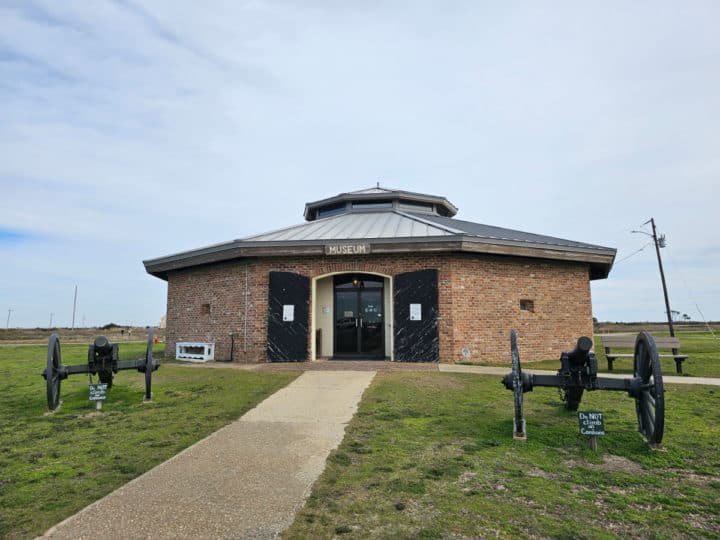
Fort Morgan Museum & Store
The museum is filled with really interesting displays! This is the perfect spot to take a break from the heat or chilly weather depending on when you visit.
I always stop into the Fort Morgan gift store when we visit. They have the best gifts that I pick up for friends and family. I don't think I have visited and not found the perfect gift for someone.
I love that they have locally made products, books specific to the area, and so much more. They also have a few snacks perfect for a quick meal.
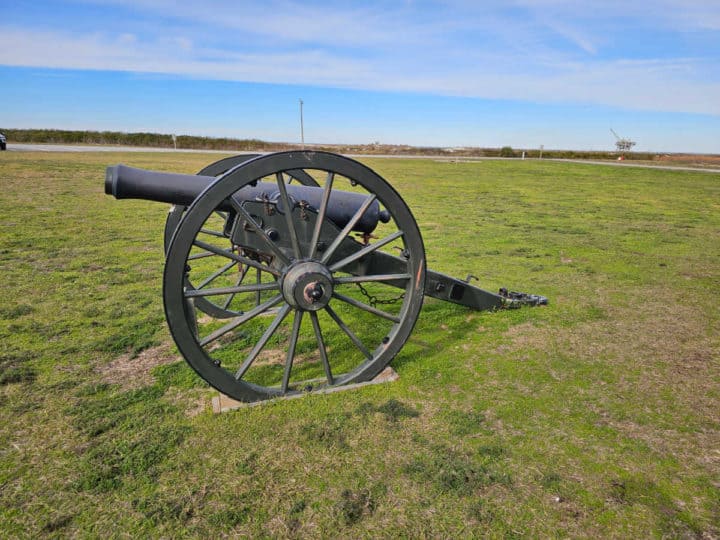
History of Fort Morgan
Nestled along the picturesque shores of Mobile Bay, the Fort Morgan Historic Site stands as a silent sentinel to a bygone era. This historic site, rich in both history and architectural beauty, has witnessed a remarkable journey, from its construction in the early 19th century to its current status as a cherished tourist attraction.
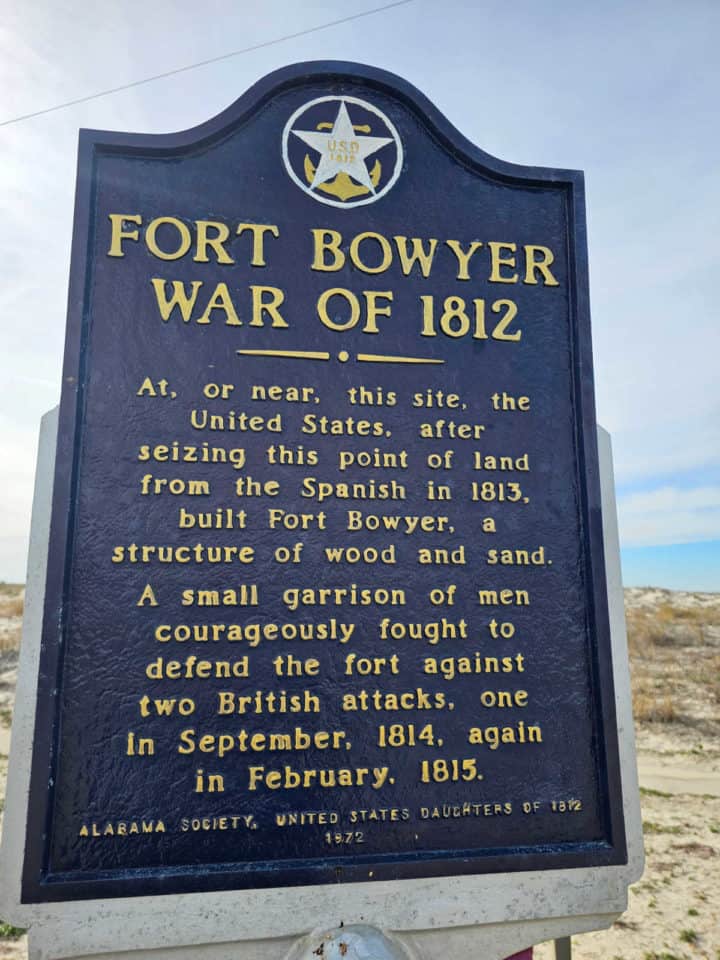
Early History
Fort Morgan, named after the Revolutionary War hero Daniel Morgan, was constructed on the site where the earthen fort, Fort Bowyer, stood.
Fort Bowyer was constructed to protect Mobile Bay during the War of 1812. This small log and sand fortification was attacked twice by the British during the War of 1812. The first attack made by four British warships and a combined force of British Royal Marines and Creek Indians came on September 15, 1814.
When the war ended in 1815, and Fort Bowyer had withstood two naval attacks from the British (although the U.S. garrison occupying the Fort surrendered during the second), it was decided that a more permanent masonry fortification should be built on the site.
When the War of 1812 concluded, the United States recognized the necessity for a new system and style of coastal fortifications. These new fortifications were specifically engineered to withstand the advanced military weaponry of the era.

Constructing Fort Morgan
In 1818, The U.S. military hired Vermont native, Benjamin Hopkins to build the new pentagonal bastion fortification at Mobile. The fortification had been designed by Simon Bernard, a previous engineer for the French Emperor, Napoleon Bonaparte. Sadly, Hopkins died from yellow fever a year into the project without making any tangible headway on the new masonry fort.
The next contractor to be hired, met a similar fate, dying in 1821, leaving the fort unfinished. The task fell to the U.S. Army Corps of Engineers, who used enslaved African Americans to construct the fort. The fort was completed in 1834.

Fort Morgan During the American Civil War
Before the American Civil War broke out on April 12th, 1861, Fort Morgan was captured by the Confederates. Eight days after Fort Morgan was captured, Alabama seceded from the United States.
Fort Morgan was key to the Confederate defense of Mobile, as the Fort sat directly opposite the deepest shipping Channel in Mobile Bay. The Channel was the only one deep enough to allow warships to enter the bay, so its defense was paramount.
The Confederates aimed 18 heavy guns at the Channel to protect it. They also placed a small flotilla in the bay, consisting of 3 ships and one rammer. To protect the fort from a land attack, they constructed several redoubts and trenches on the eastern side of Fort Morgan.
Fort Morgan played a vital role in protecting the Confederate blockade runners. The Confederates successfully safeguarded the 17 boats that departed the bay, as well as the 19 boats that endeavored to enter it.
During the Battle of Mobile Bay, which commenced on August 5th, 1864, the Union forces bypassed Fort Morgan, eliminated three of the ships in the flotilla, and captured Fort Gaines. Subsequently, the Union initiated a siege of Fort Morgan.
Fort Morgan was under siege for two weeks, enduring constant bombardment from the sea and land. The commander of the fort, Richard Lucian Page, was forced to surrender on August 23rd. For the remainder of the war, the Union used the fort as a base and a staging area for the Battles of Spanish Fort and Fort Blakely.

Fort Morgan in the Post-Civil War Era
After the Civil War, Fort Morgan's military significance waned, but it wasn't forgotten. The fort underwent changes and renovations in 1870. After that, the fort was not used by the military and fell into disrepair until 1895.
In 1895 Fort Morgan received five new concrete batteries under the direction of the Endicott Board, which aimed to upgrade Civil War Era fortifications to withstand an assault from the latest weaponry. The batteries, which were named Battery Bowyer, Battery Dearborn, Battery Duportail, Battery Thomas, and Battery Schenk, were completed between 1895 and 1900.
Each battery was equipped with electricity, communication systems, and fire control, and they were constructed to withstand intense bombardment and effectively retaliate. The majority of these batteries were decommissioned by 1940.
Fort Morgan was operational throughout the wars that occurred in the post-Civil War Era, including the Spanish-American War of 1898, World War I, and World War II, serving in various capacities.
During World War I Fort Morgan served as a training ground for the United States Army Coast Artillery Corps or CAC in the use of modern weaponry. The fort was also a training ground for field anti-aircraft batteries. Additionally, the guns that had occupied Battery Bowyer were sent to Europe.
After being reoccupied throughout World War I, the fort was once again abandoned, with several of the battery guns being repurposed or scrapped.
Fort Morgan was abandoned until 1942 when America entered into World War II. The U.S. Army reoccupied the fort and built an airstrip adjacent to it. Fort Morgan was rearmed, with the army mounting two heavy artillery guns on the roof.
Following the war, the U.S. Army once more vacated Fort Morgan, but on this occasion, it would not be reoccupied. Fort Morgan was transferred to the State of Alabama in 1946.
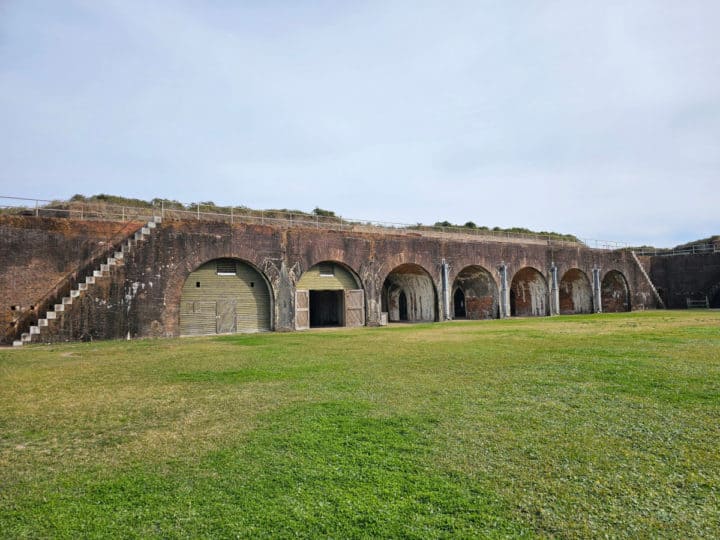
Why you will love Fort Morgan
- Globally important bird area designated by the American Bird Conservancy
- Historic Civil War Era Fort
- Gorgeous views of Mobile Bay and the Gulf of Mexico
- Learn about American military history
- Stand in awe of the thousands of bricks used to build the fort
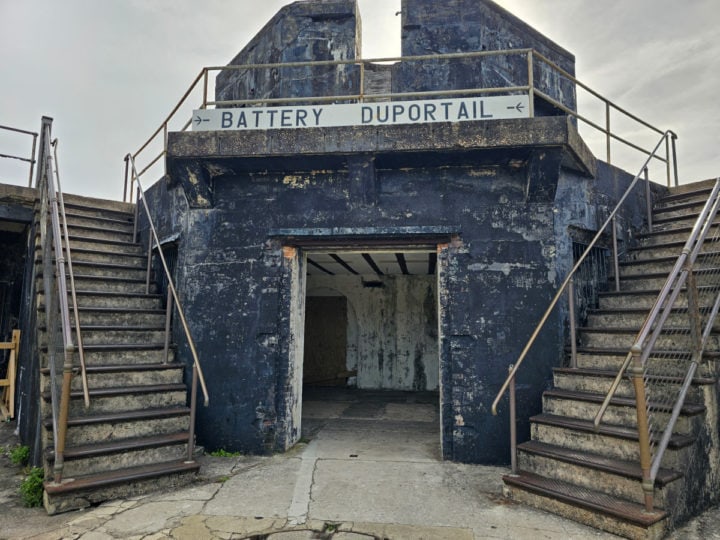
Things to know when planning a visit to Historic Fort Morgan
Address - 51 State Highway 180 West, Gulf Shores, Alabama 36542
Located at the end of scenic Fort Morgan peninsula near Gulf Shores and Orange Beach, Alabama.
Fort Morgan is at the western end of Hwy 180, 22 miles west of Hwy 59 in Gulf Shores.
Entrance fee/admission -
The fort offers discounted tickets for college students, seniors, and kids 6 to 18 years old. They also have a family pass for families of four with 2 adult tickets and 2 kids tickets.
There is free admission for active, reserve, or retired military members with ID
Hours - Fort and Grounds: 8:00 am – 5:00 pm, daily
Museum: 9:00 am - 4:00 pm, daily.
Closed Thanksgiving Day, Christmas Day, and New Year’s Day.
Please confirm with the restaurant to ensure that the hours have not changed.
Accessibility - The museum, restrooms, and ground level of the fort are accessible to individuals with physical disabilities. If you have questions about site accessibility or if you anticipate needing special assistance, The fort encourages you to contact them at 251-540-5257.
The walkways are uneven, bumpy, and historic. If you have any knee, hip, joint issues you may want to bring a walking stick or cane to help balance on the uneven surfaces.
Dress Code/Suggestions - Casual, make sure to wear sturdy shoes for walking on uneven ground. Sunscreen and a hat for hot summer days.
Pets - Pets are allowed while on a leash. Make sure to check if there are any areas restricted during your visit.
Parking - There is a large parking area near the museum and fort entrance.
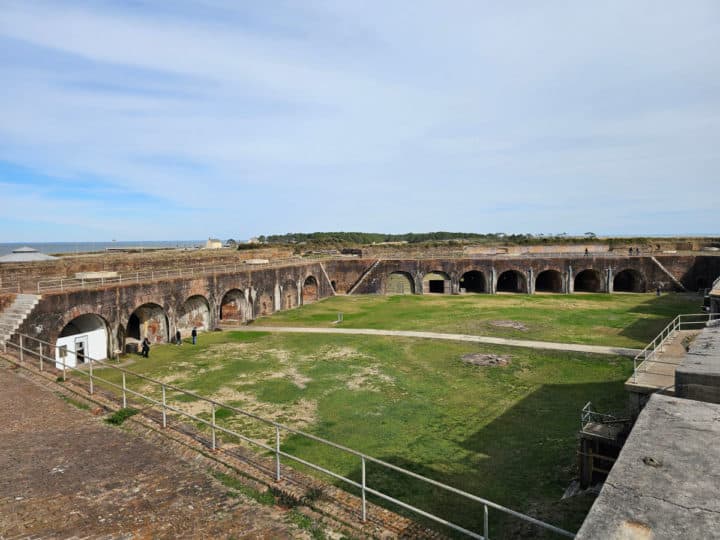
Restaurants and Attractions nearby
Fort Morgan, AL Restaurants - Check out all of the great places to eat while exploring Fort Morgan.
Mobile Bay Ferry - Hop on the ferry to Dauphin Island near the entrance to Historic Fort Morgan.
Dauphin Island Aquarium - Learn about the sea life that can be found in Mobile Bay and along the Gulf Coast while visiting the aquarium. Wait until you see the touch tank! It is so much fun!
Things to do in Fort Morgan, Alabama - All of the fun things to do and see while visiting Fort Morgan.
Coast Restaurant - Gorgeous waterfront restaurant with one of the best steaks we have found in the area.
Sassy Bass Island Grill - The Island Grill offers great food, amazing customer service, and beach vies!
Sassy Bass Amazin' Grill - This is where the Sassy Bass journey began! They are now famous for Navy Cove Oysters harvested from the farm in Navy Cove Bay 2 miles away. When the ship bell rings, hollerin’ is expected!
Sassy Bass Chophouse - I need you to visit the restaurant for their creamed corn and candied bacon dish, along with the baked brie! So good.
The Beach Club Resort and Spa - Check out this gorgeous beach resort located just down the street from the fort. The private beach is amazing.
The Village Hideaway - Great sports bar and restaurant located near the entrance to The Beach Club.
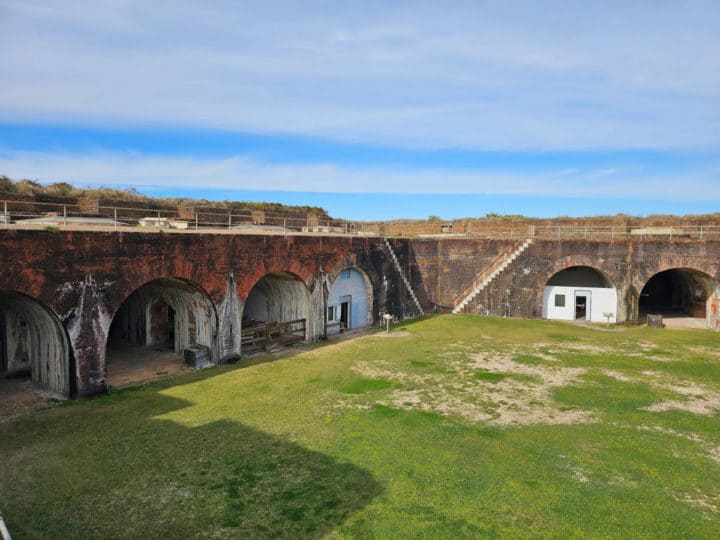
Additional Gulf Coast Articles
Fort Gaines Civil War Fort - Explore an amazing Civil War fort. You can walk all over this fort including on top to see the epic views of Mobile Bay.
Fort Morgan Fishing Pier - Check out the brand new fishing pier built near the historic Fort.
Gulf Shores Breakfast Restaurants - The best of the best breakfasts including southern comfort food, diner classics, and more.
Best Coffee Shops in Gulf Shores - Check out all of the different coffee shops in Gulf Shores, Alabama
Don't miss our other Gulf Coast destinations including Gulf Shores, Orange Beach, Dauphin Island, Fairhope, Fort Morgan, Foley, Mobile, Bayou La Batre, Alabama and so many more!
We also have articles on the Emerald Coast of Florida including Destin, Fort Walton Beach, Pensacola Beach, Navarre Beach, Panama City Beach, Perdido Key, and more.
Keep an eye out for articles on the Gulf Coast of Alabama, Mississippi, Louisiana, Texas, and Florida!
Check out our Facebook and Instagram and TikTok pages for more great ideas for the Gulf Coast.

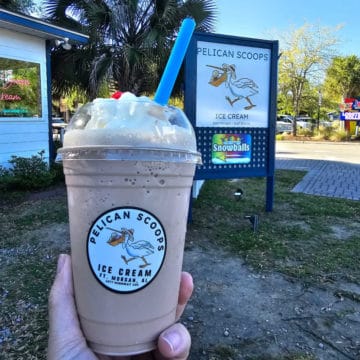
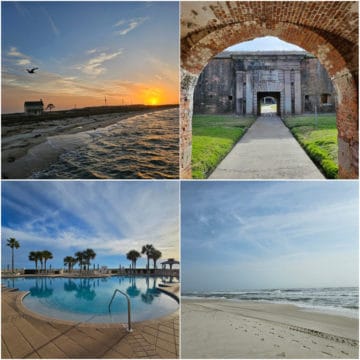
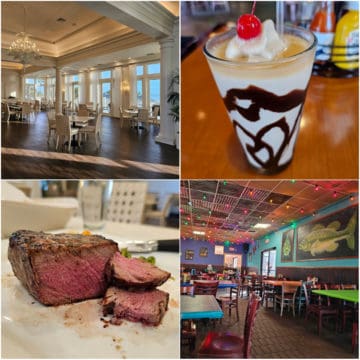
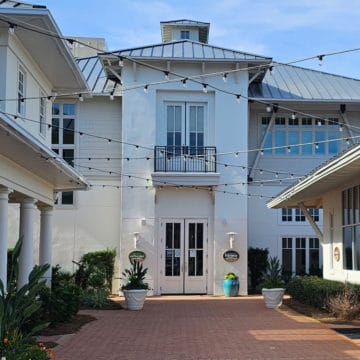
Leave a Reply